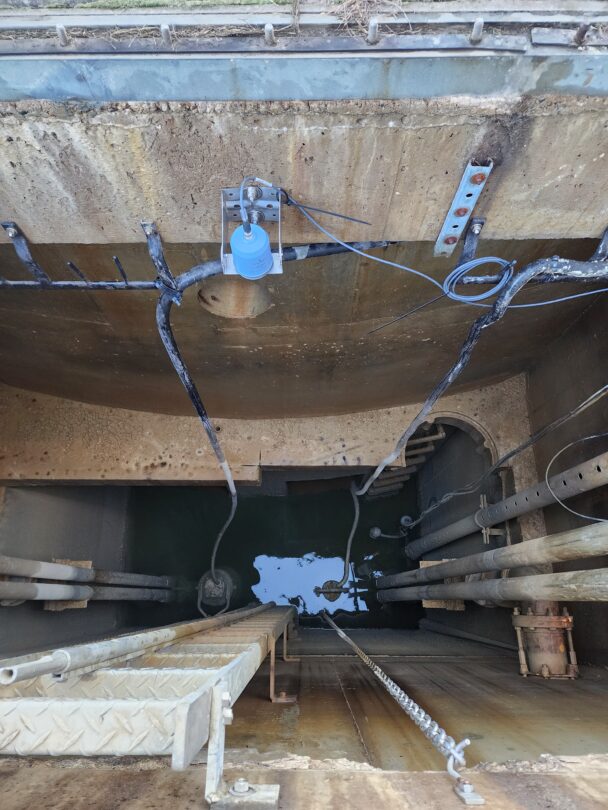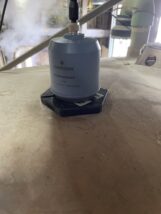…are extremely accurate, with measurements unaffected by temperature, pressure, light foam, condensation, build-up, wind, dirt or spiderwebs. No calibration is required and because they do not come into contact with the material being measured, this helps to minimise maintenance and improve long-term reliability.
Although non-contacting radar transmitters are widely accepted to be the best level measurement technology for water and wastewater applications, their use within the industry has been limited. This is mainly because they have been considered too large, complex and costly, and they have instead been applied most widely within the oil, gas and petrochemical industries. However, the article explains that the landscape is now changing, thanks to the availability of non-contacting radar transmitters designed specifically for water and wastewater applications. It continues:
…These new devices, such as the Rosemount™ 1208 Level and Flow Transmitter Series from Emerson, not only provide the high levels of accuracy and reliability expected of radar, but are also very compact, cost-effective and easy to implement and use. As a result, the choice of what level measurement technology to apply becomes very simple.
The Rosemount 1208 has hazardous area approvals for when methane gases are present; can withstand submersion and outdoor conditions; has drinking water approvals to ensure that it can be applied throughout the entire water supply chain; and the accuracy of its level measurements surpasses that of ultrasonic devices. The article explains:
…By providing 80 gigahertz (GHz) fast-sweep frequency modulated continuous wave (FMCW) technology on a single electronic chip, this enables very precise measurements to be delivered from a device that is compact and cost-effective. The fast-sweep FMCW technology and advanced algorithms enable more information to be collected than legacy radar devices. Impressive level measurement accuracy of ± 2 millimetres at a range of 15 metres can be achieved. This can help utility companies to optimise their operational efficiency and ensure compliance with environmental requirements.
Radar devices must be able to integrate seamlessly with existing data networks and communicate with existing automation systems. This is achieved by providing support for traditional process communications protocols such as 4-20mA and HART®, and also Bluetooth® wireless technology and IO-Link, which is being increasingly used in water and wastewater applications. As the article explains, HART connectivity provides access to advanced diagnostics from the radar transmitters, which supports predictive maintenance and more effective troubleshooting. IO-Link connectivity also provides access to process insights that can enhance operational performance, while also enabling remote configuration and monitoring.
The article concludes with a case study that describes how non-contacting radar technology has improved efficiency at a drinking water treatment plant in Eden Prairie, USA. The plant serves a community of over 60,000 people and can pump up to 28 million gallons of water per day.
The plant has several wet wells, which receive and store wastewater from pumping stations. A submersible hydrostatic pressure level sensor had been used to measure the level in the wet wells, but was providing inaccurate readings due to build-up on the diaphragm. This was restricting the effectiveness of pump operations, as pump starts/stops were configured to certain levels in the wet wells, and this was either causing pumps to run dry or creating overflow situations.

The Rosemount™ 1208 Level and Flow Transmitter installed on a wet well at a drinking water treatment facility
The article explains that an ideal solution was provided by the Rosemount 1208. It continues:
…the 80 GHz FMCW fast sweep technology ensures accurate and reliable measurements in this fast fill application. The technology has enabled the Eden Prairie plant to optimise process efficiency by reducing manual rounds and eliminating maintenance tasks. The precise measurements also provide greater protection against pumps running dry and overflow situations.
Visit here to learn more about the Rosemount 1208. You can also connect and interact with non-contacting radar technology experts in the Measurement Instrumentation group in the Emerson Exchange 365 community.

